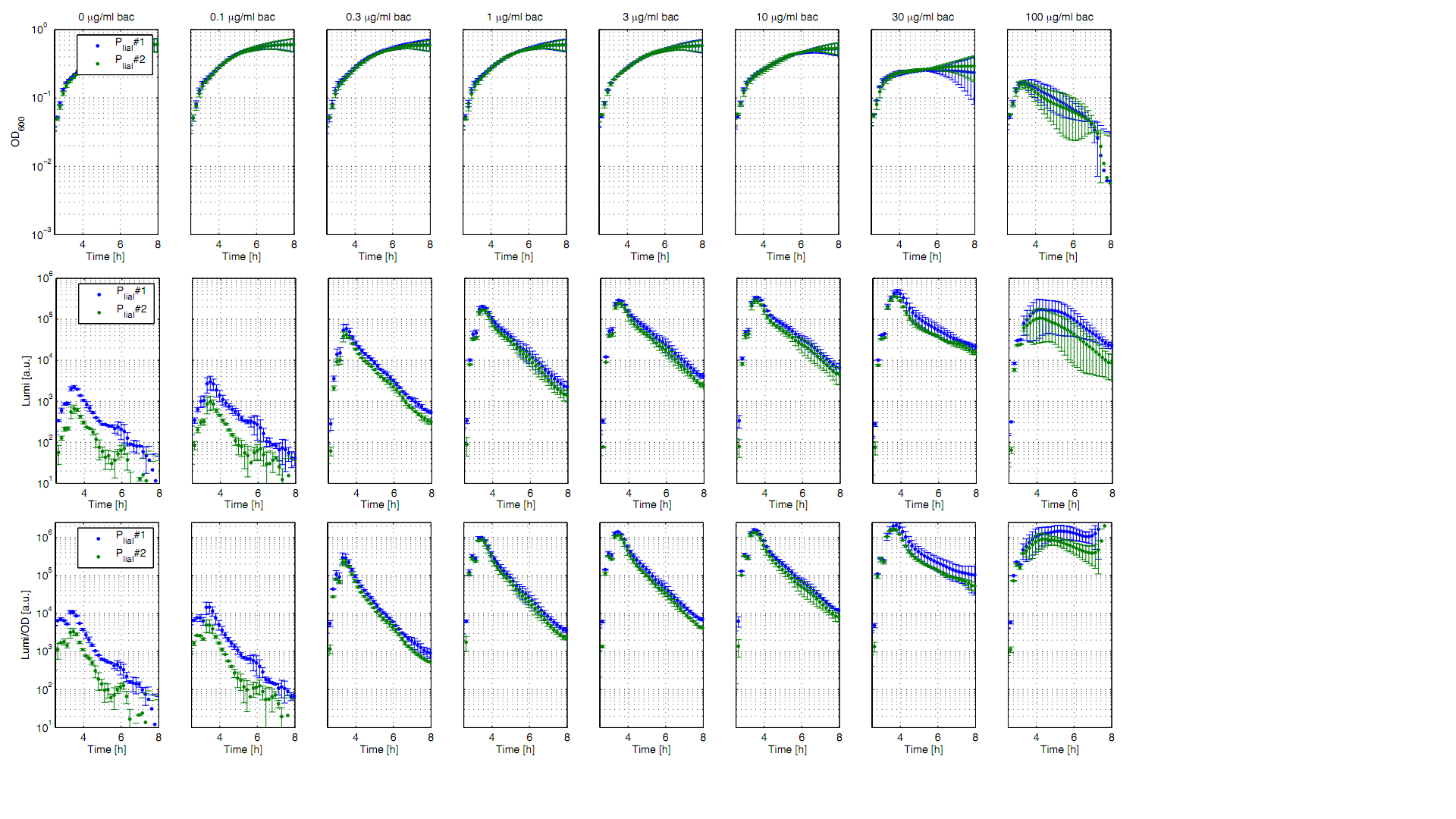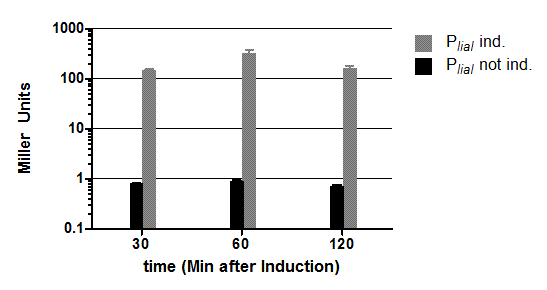Team:LMU-Munich/Data
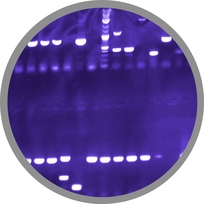
The LMU-Munich team is exuberantly happy about the great success at the World Championship Jamboree in Boston. Our project Beadzillus finished 4th and won the prize for the "Best Wiki" (with Slovenia) and "Best New Application Project".

[ more news ]
Data
On this page, we will upload data to explain our project progress. More to come!!!
Or see the results pages of our projects to follow our progress:
Bacillus BioBrick Box - Promoters
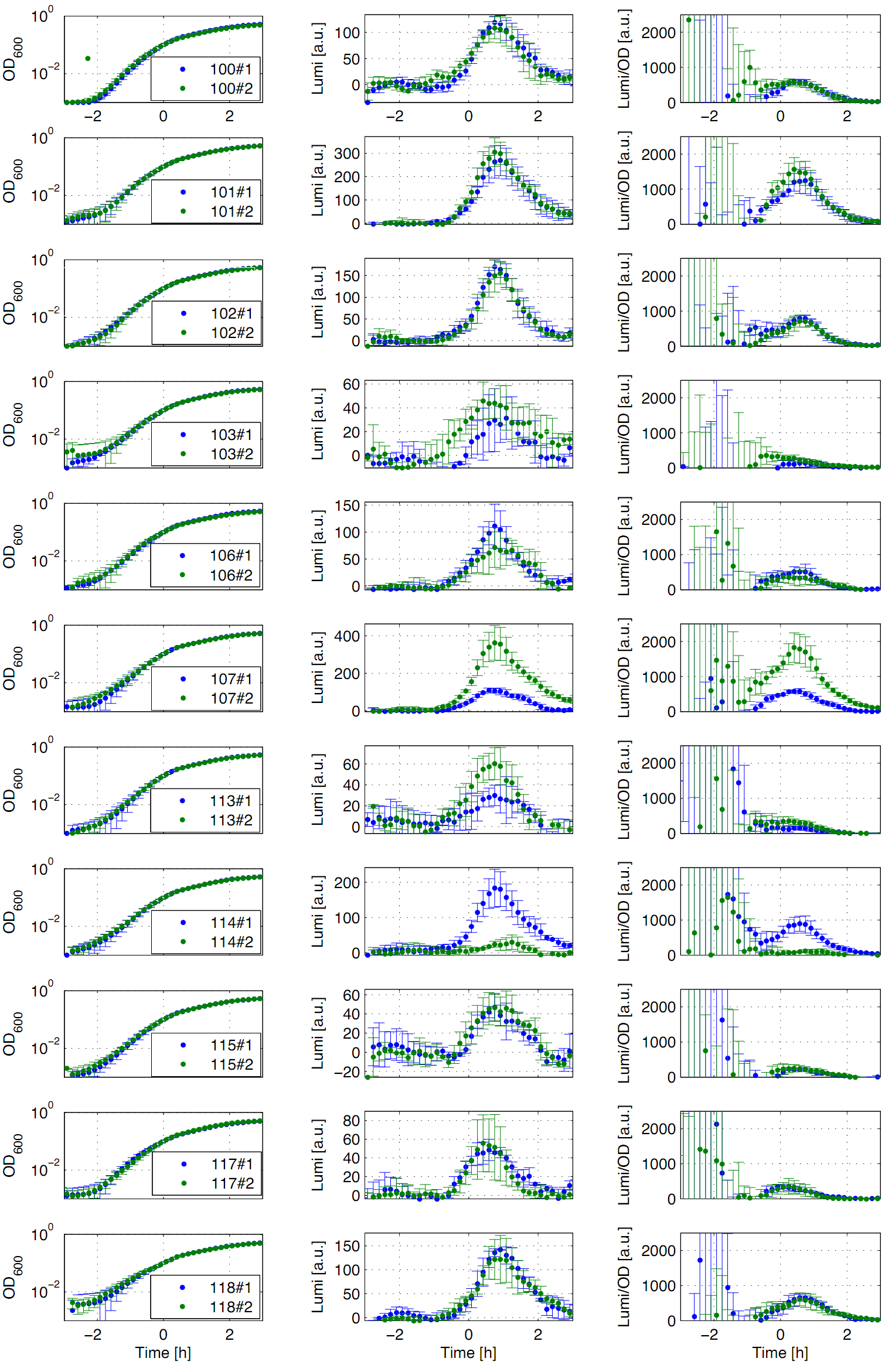
Fig. 1: luminescence measurement of Anderson promoters in the reporter vector pSB
Bs3C-
luxABCDE. OD
600 (right), LUMI (center) and OD
600 per LUMI (left) depending on the time (h)are shown for two different clones (green/blue). Data derive from three independant experiments. Curves were fitted over each other (t=0, OD
600=0,3) and smothed by taking average of three neighbouring values.
Eleven (J23100,J23101, J23102, J23103, J23106, J23107, J23113, J23114, J23115, J23117, J23118) of the nineteen promoters of the Anderson collection were evaluated in the reporter vector pSBBs3C-luxABCDE from the BioBrickBox containing the lux operon as a reporter for promoter activity. The gene expression which correlates to the promoter activity leads to the expression of the lux operon with the luciferase. The luminescence which is produced by the luciferase can be measured with the plate reader (BioTek).
To measure the activity not only with the lux reporter operon, four promoters were cloned into the reporter vector pSBBs1C-lacZ to do beta-galactosidase assays and then to compare the results of the strength of these promoters in B. subtilis.
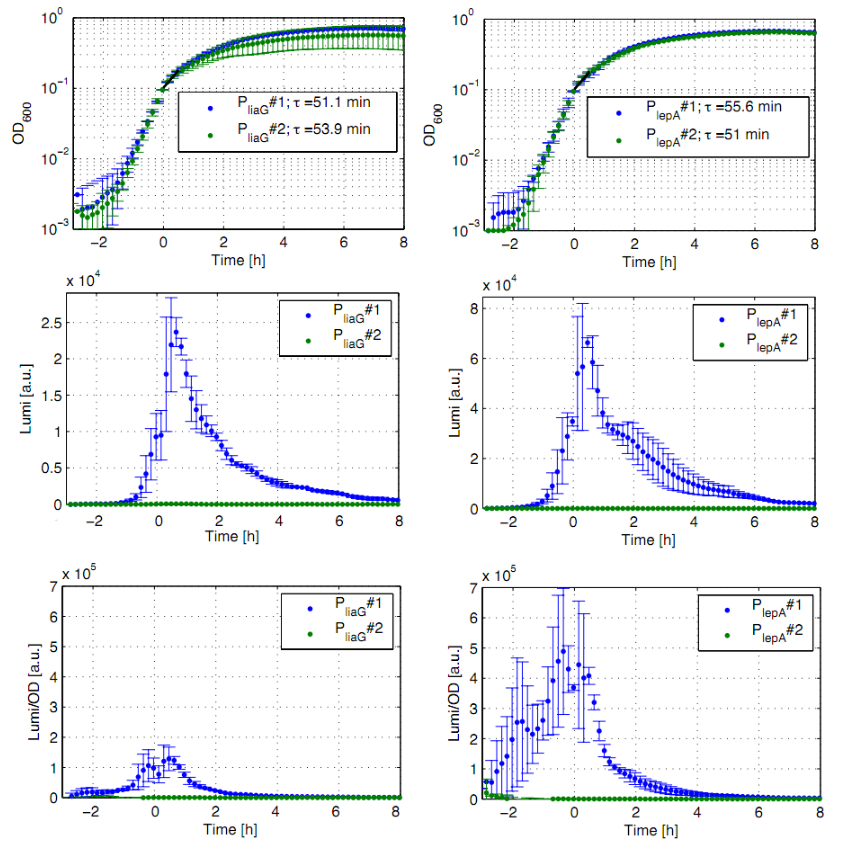
Fig. 2: luminescence measurement of the constitutive
Bacillus promoters P
liaG and P
lepA in the reporter vector pSB
Bs3C-
luxABCDE. OD
600 (right), LUMI (center) and LUMI per OD
600 (left) depending on the time (h) are shown for two different clones (green/blue). Data come from three independant experiments. Curves were fitted over each other (t=0, OD
600=0,3) and smothed by taking average of three neighbouring values.
The constitutive promoters PliaG and PlepA were evaluated in the reporter vector pSBBs3C-luxABCDE which contains the lux operon.
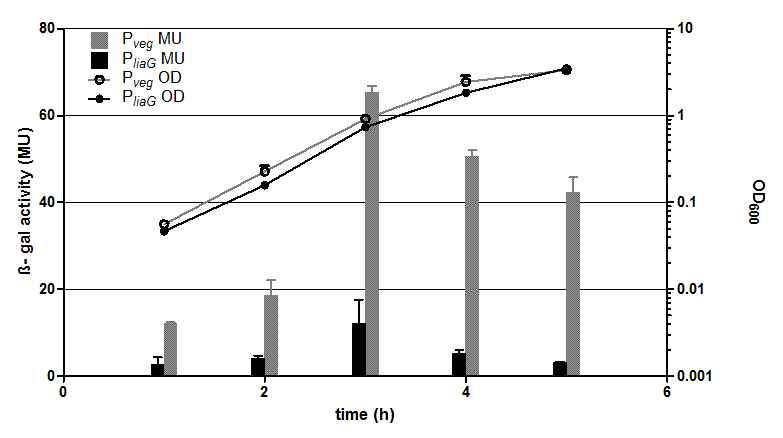
Fig. 3: β-galactosidase assay and growth curve P
liaG (black) and P
veg (grey) in the reporter vector pSB
Bs1C-
lacZ. β-galactosidase activity (Miller Units)and growth curve are the average of two independant clones. Experiment shows representative data which was recieved in the same way from three independant experiments.
Germination Stop
We induced our germination-mutant strains to sporulate in Difco sporulation media. Then we measured the germination rate of mutant spores in a germination assay.
File:Germination assay plates 720.jpg Fig. 5: Comparison of colony growth on LB-agar (plus antibiotics) plates. Upper plates are plated with DSM cell/spore cultures that have been heated at 80°C for 1 hour to kill living cells (but does not affect spores). This prevents cells from forming colonies. Therefore, all colonies observed are from germinated spores. Lower plates have not been heated. Growth on these plates is from either cells or spores, and demonstrates that strains are able to grow. WT168 has no germination knockouts; strains B40-B43 have triple knockouts; strains B46 and B47 have quadruple knockouts; Spo0A has a knockout of the sporulation gene Spo0A (replaced with a tet cassette). WT168 is a positive control; Spo0A is a negative control. Strains: B40 -- cwlD::kan, sleB::mla, cwlJ::spec; B41 -- cwlD::kan, sleB::mls, gerD::cat; B42 -- cwlD::kan, cwlJ::spec, gerD::cat; B43 -- gerD::cat, sleB::mls, cwlJ::spec; B46 -- cwlD::kan, cwlJ::spec, gerD::cat, sleB::mls; B47 -- gerD::cat, sleb::mls, cwlJ::spec, cwlD::kan








 "
"





